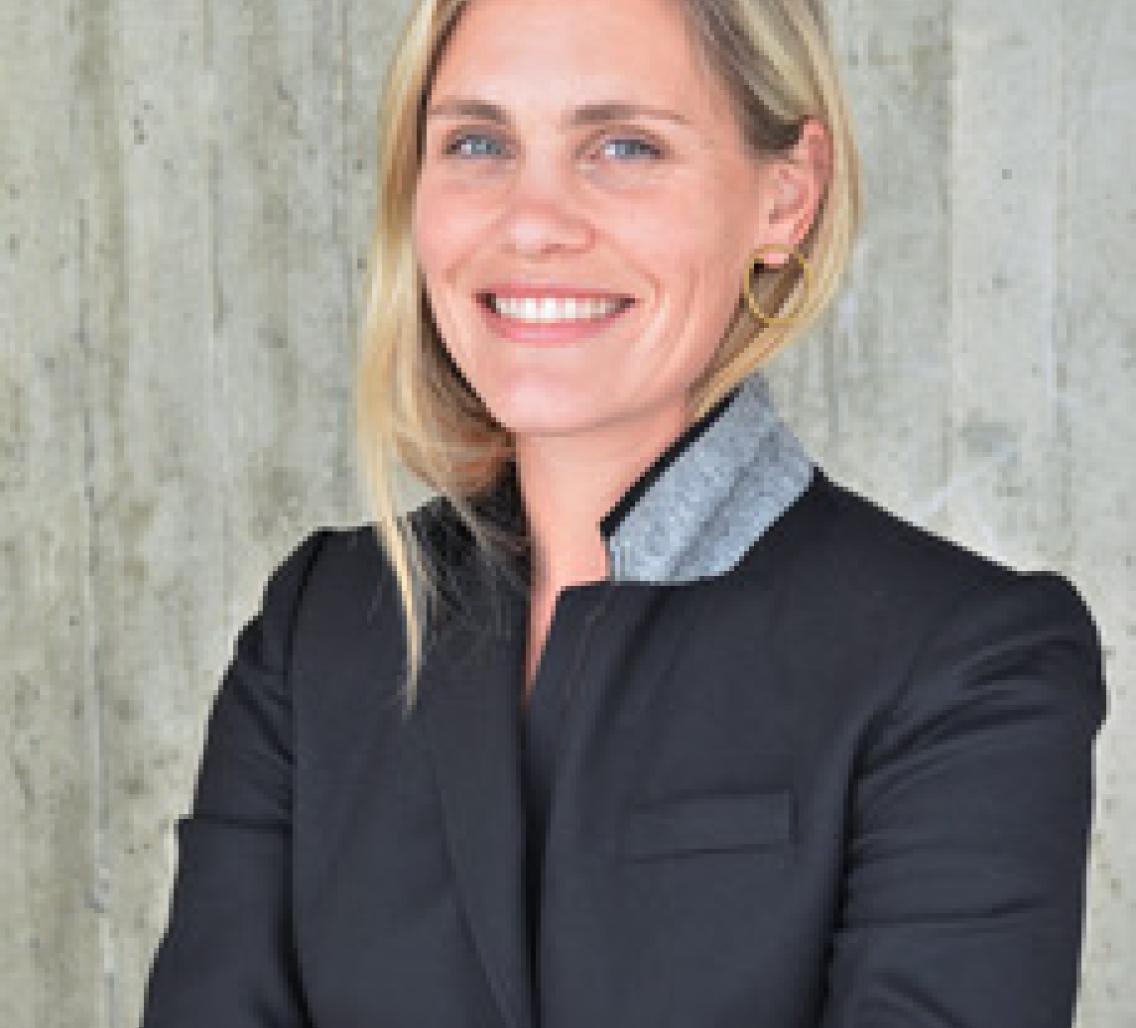Event Details:

Christina Gremel
University of California, San Diego
Abstract
Decision-making is not done in isolated, discrete epochs but is continuous by nature, relying on historical information for adaptive control. Prior actions and associated consequences provide crucial feedback for generation of self-initiated decision-making. Previous work investigating the role of history in decision-making often relies on constraining behavior via limiting choices (e.g., go/no-go, lick left/lick right), restraining animals, using cues to elicit choice, and instituting trials. However, decision-making is often non-binary, taking place in a continuous manner, with one decision bleeding into the next. Animals must continually decide how (and how frequently and long) to act, often without explicit or consistent cues. To investigate how the brain performs continuous decision-making, we need to capture the integration of previous history into self-initiated behavior. Here I will describe our efforts towards generating a mouse model of self-initiated, self-paced, un-cued and goal-directed decision-making. I will present our work examining neural activity dynamics in corticostriatal circuits hypothesized to underlie these decision-making processes, focusing on orbital frontal and premotor circuits and their inputs and outputs. Our findings suggest that distinct circuits contribute different information necessary to support continuous decision-making.
Related Articles
[1] Orbital frontal cortex updates state-induced value change for decision-making
[2] Chronic alcohol exposure disrupts top-down control over basal ganglia action selection to produce habits